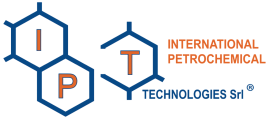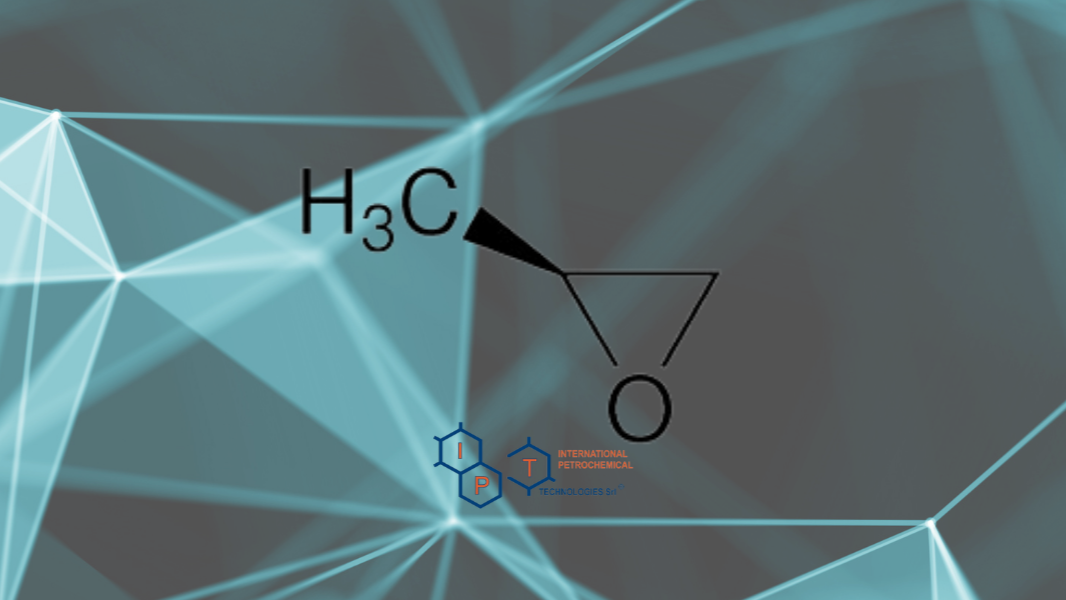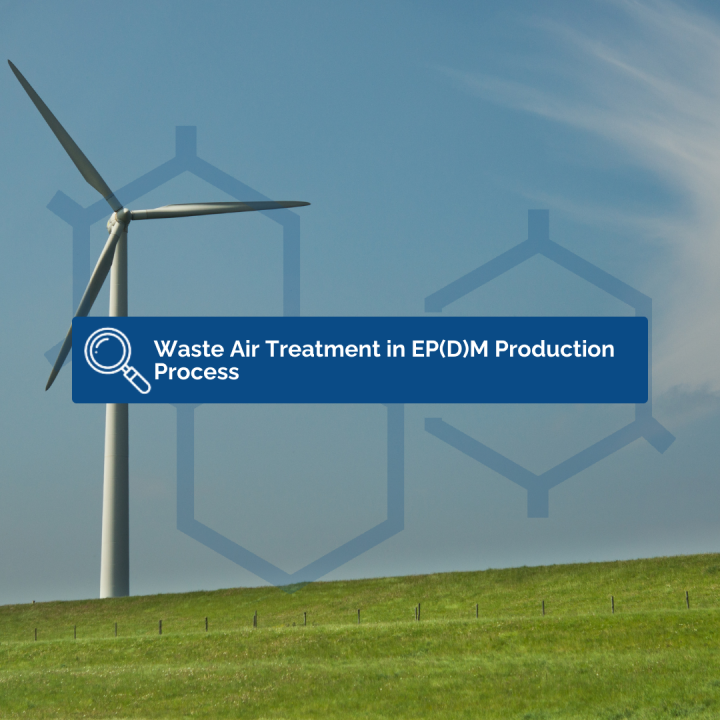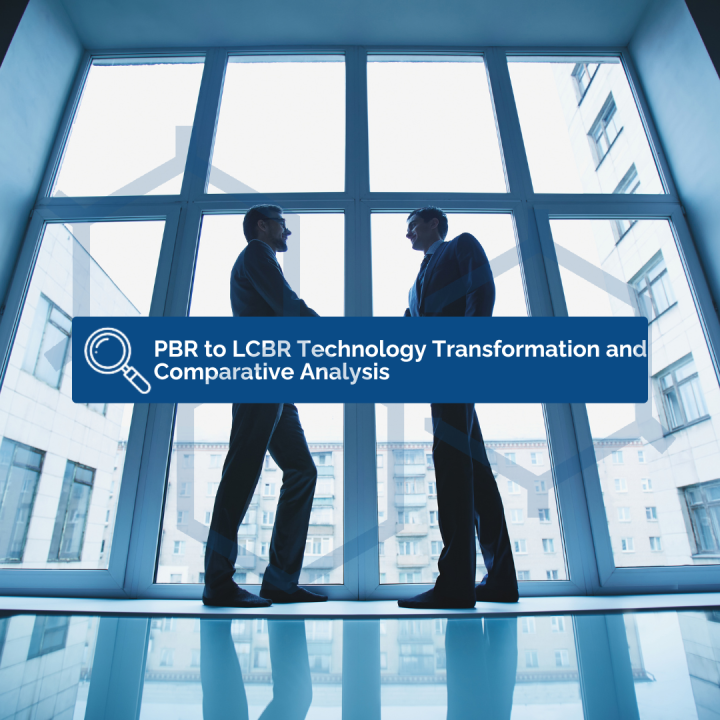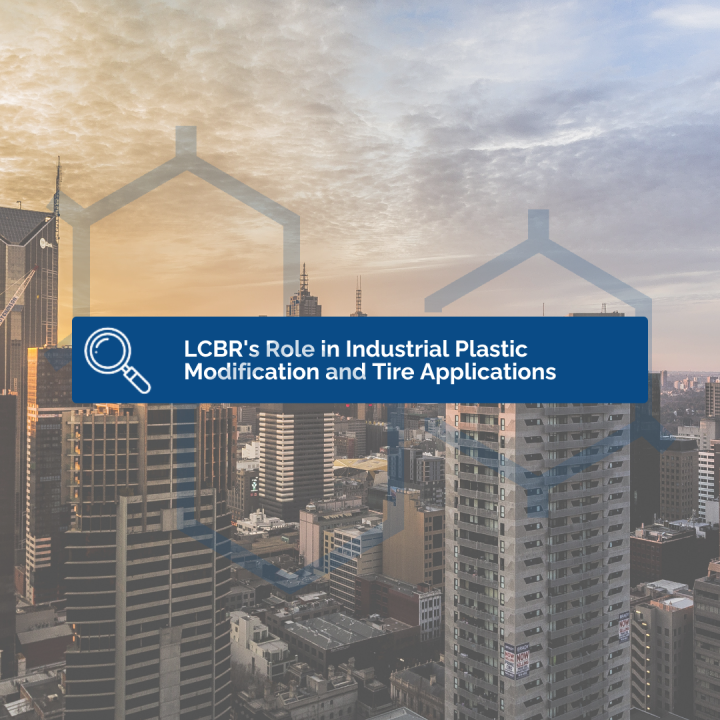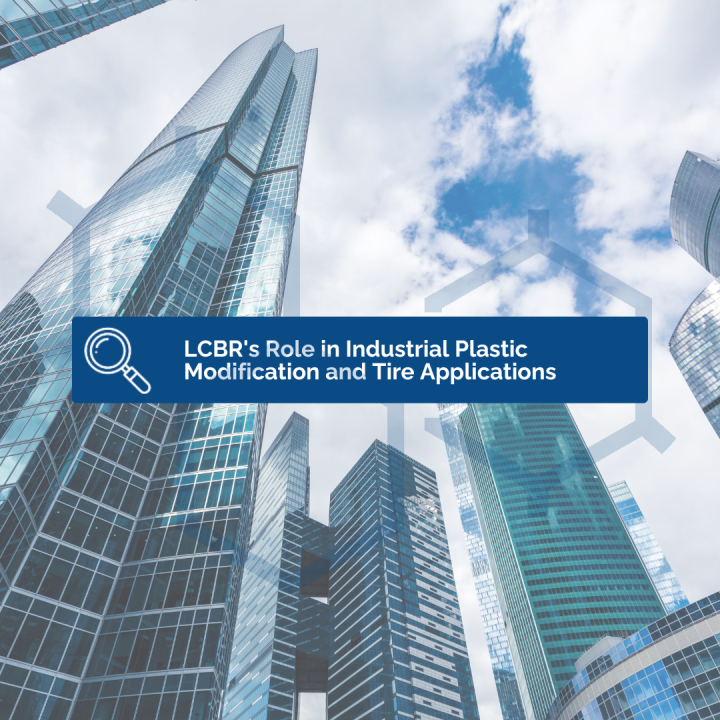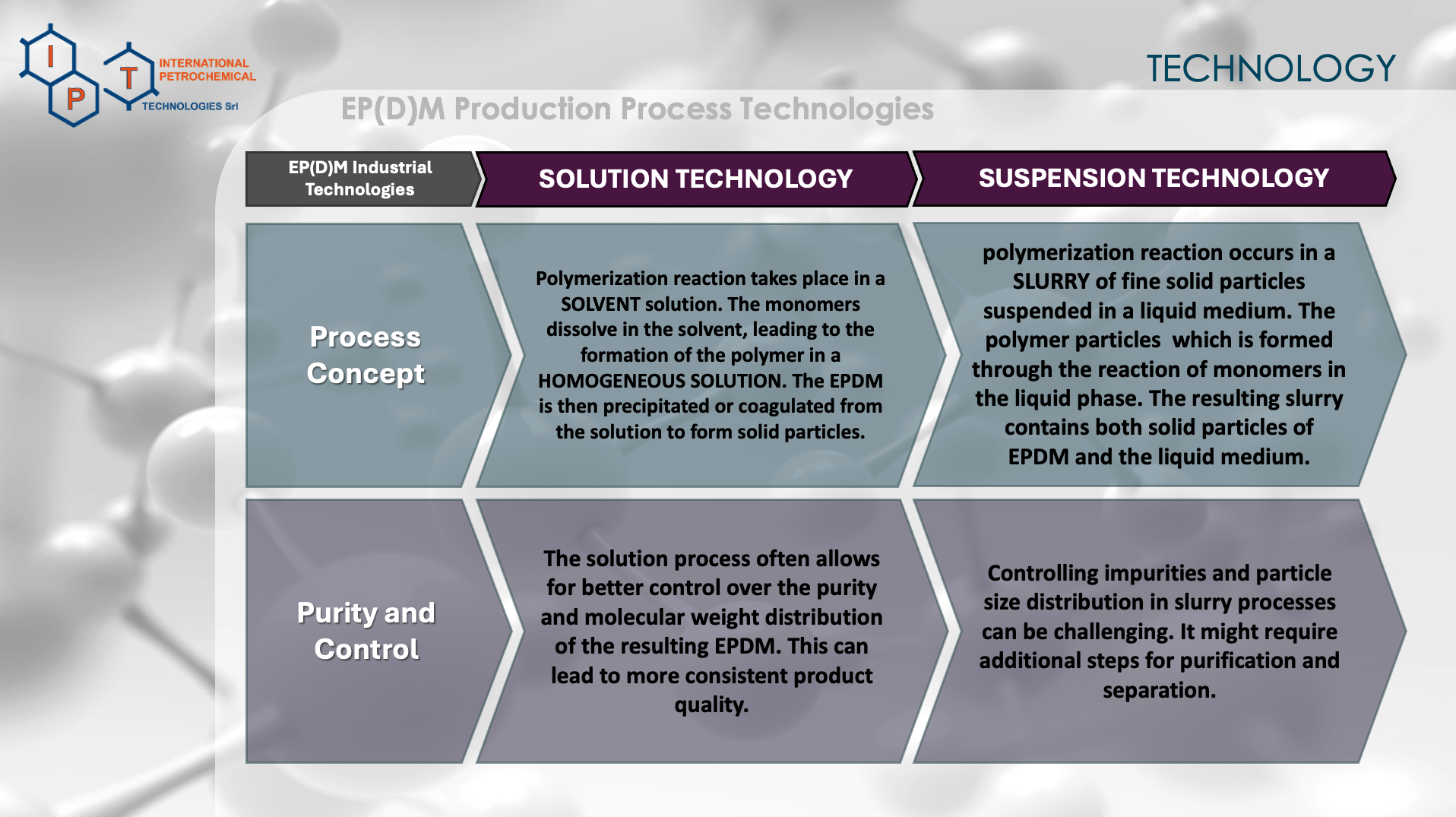Environmental sustainability is the only viable path for the future of industry. The only possible answer is to implement technologies that combine maximum efficiency in eliminating emissions and waste with the highest efficiency in its implementation and use, in order to avoid damaging the productivity of your industrial processes.
The waste air coming from wastewater pre-treatment unit and mainly the rubber finishing package contains very low level of VOCs, and rubber particles which cannot be released into atmosphere directly and it is mandatory to treat the waste air effluents.
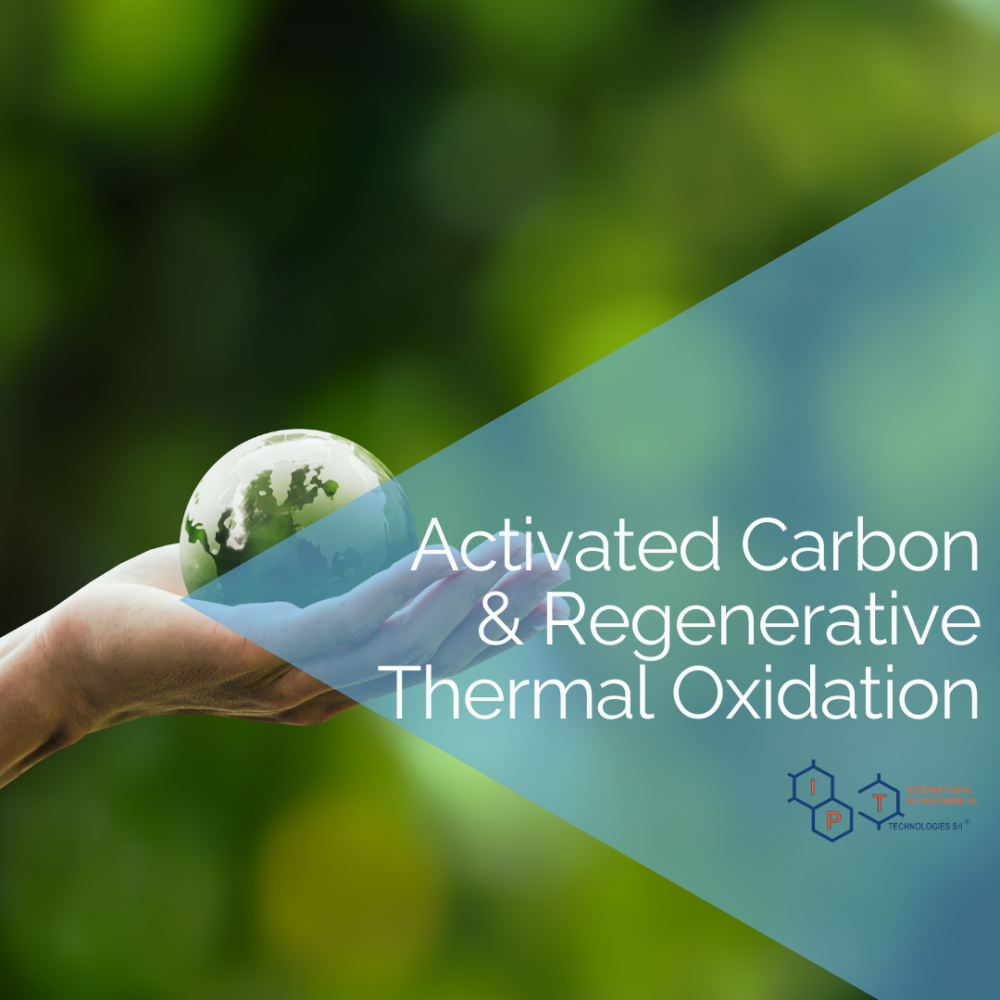
The most common treatment method is passing the effluents through an activated carbon bed where almost all the hydrocarbons and pollutant components would be adsorbed on the active surface of the carbon adsorbent. The main problem of this process is that the replacement and regeneration of the activated carbon is very difficult and hazardous since it can produce carbon dusts in fire hazardous area.
IPT s.r.l. has updated the process design for waste air treatment from activated carbon filtration to Regenerative Thermal Oxidation (RTO) which could be considered as a modern process with higher efficiency.
Thermal oxidizers can be used for a wide variety of flow rates and concentrations. However, they are most efficient in high concentration ranges and are especially useful when they can run autothermal. To purify air emissions with low VOC emissions, a high amount of natural gas is needed which is not logical from both an economic and environmental perspective. Furthermore, thermal oxidizers tend to be used more to treat continuous flows as discontinuous operation regimes would mean that the thermal oxidizer has to be put on and off too frequently or natural gas is needed to keep the system running.
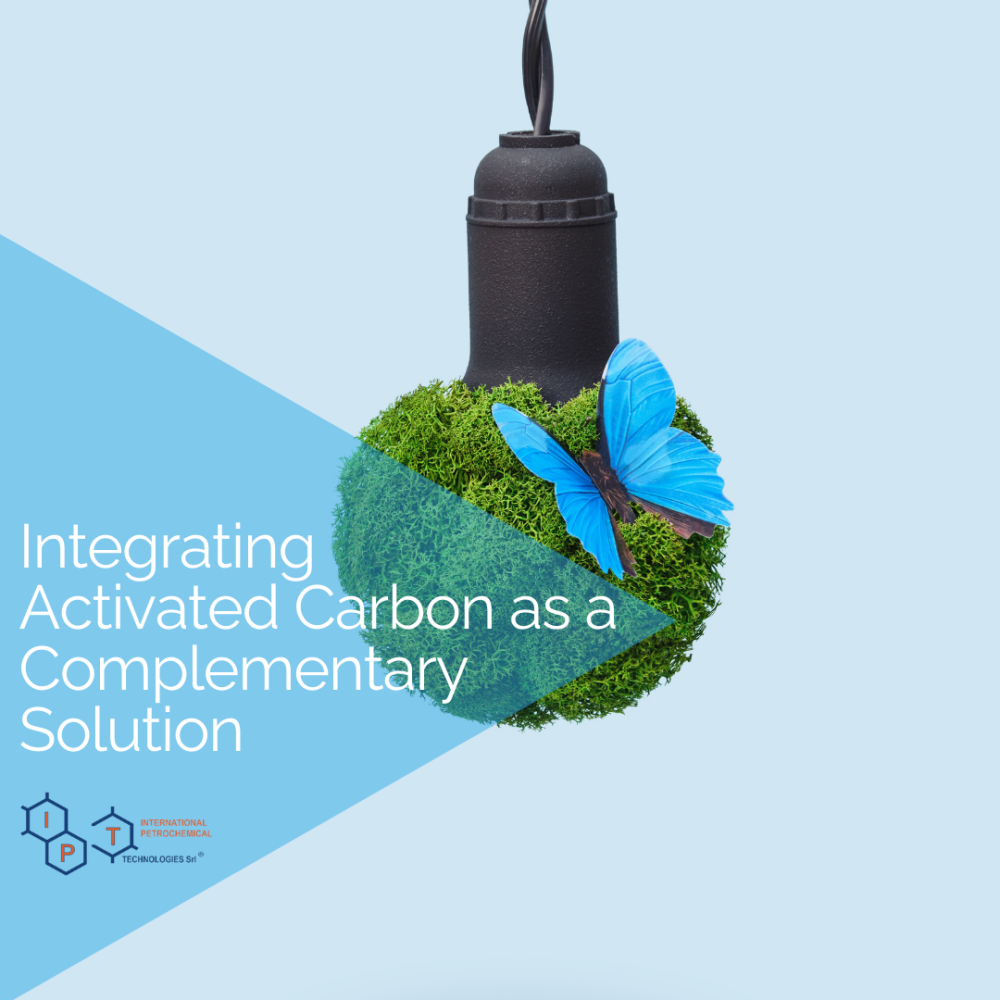
Both activated carbon and thermal oxidation are often used technologies in air purification. Thermal oxidation tends to be used more for high concentrations and continuous emissions as this reduces gas consumption. Oxidizers are especially interesting when they can run autothermal. We do however often see situations in which thermal oxidation is chosen as the go-to technology without considering whether this is both economically and environmentally the best solution.
Typically, activated carbon is less used in continuous processes with high concentrations as the carbon consumption can become too high. Activated carbon is ideally suited to remove organic pollutants in lower concentrations ranges and/or during discontinuous operations. When there is no pollution, there is simply no consumption. In such scenario, it makes perfect sense to evaluate activated carbon as opposed to thermal oxidation.
There are several situations in which it is useful to have an alternative air purification system aside from the thermal oxidizer already on site. Activated carbon can be used as an additional treatment step or backup system in some cases like as a pre-treatment for thermal oxidizer, during maintenance, or for emergency situations like unexpected shutdown/malfunctions, etc.
